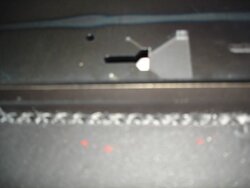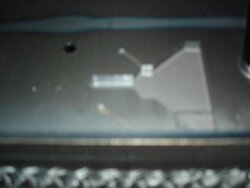BeGreen said:BrotherBart said:Frankly, I don't know how you would overfire a 1.4 cf firebox stove. It is a more frequent concern with larger fireboxes with a full fuel charge in them.
With negligence it can be done with the Castine. I came close when learning about the compressed wood products and have seen some poor stoves that this has happened to. If you want to push the stove to 900+ it is possible, especially if you stoke it like a fireman and leave the air control half open.
Agreed. I started to come back and do an edit saying a normal burn cycle was being assumed and got distracted sticking wood in a stove. :red:



